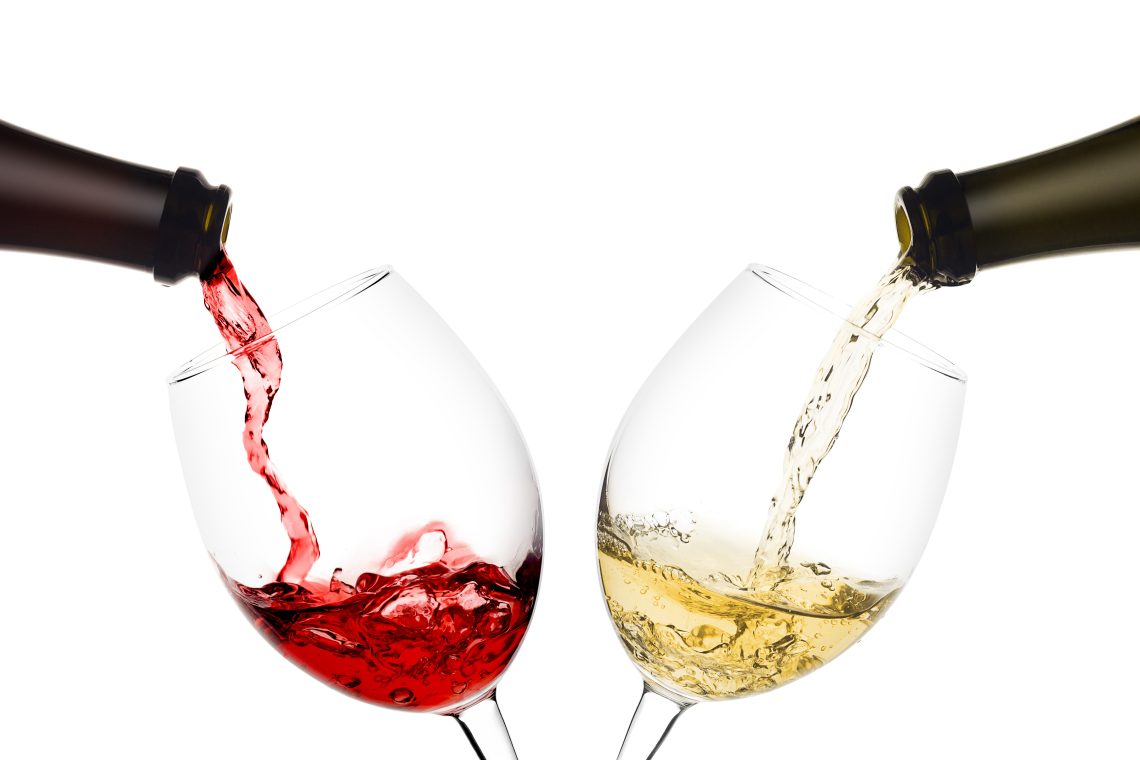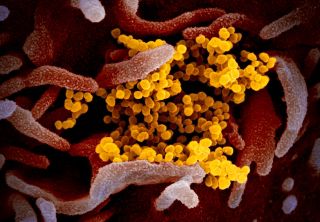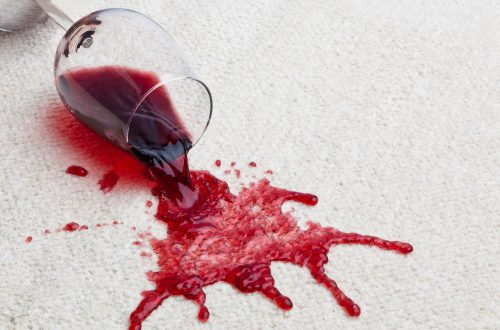
Why and How Do Wines Change Colour?
Colour can significantly impact our opinion of food and drink and can sometimes put us off from consuming it. However, the science behind colour-changing wine is essential, and it’s integral to understand how it impacts your wine’s quality.
To help, we’ve compiled this complete guide to colour-changing wine, explaining which wines experience the most change, when this happens, the process and how it impacts your wine-drinking experience.
To find out more, keep reading.
What Wines Change Colour the Most?
Before we get into the specifics of colour-changing wine, we must discuss which wines experience the most change.
This is a difficult question to answer, as, in theory, all wines change colour as they age. However, it’s important to note that red and white wines experience changes in different ways.
White wine tends to get richer in colour, whereas red wine loses its colour. You may notice that even the fullest-body red wines get lighter with age, and the driest whites get a little darker in colour. White wines tend to take on a more honey-brown colour as they age, whereas red wines lose their deep red colouring as the tannins change over time.
Interestingly, if you leave red and white wine to age for long enough, they will reach a deep amber colour; however, it could take decades for red wines to lose so much colour concentration.
How Long Does It Take For Wines to Change Colour?
If you’re someone who easily put off your food and drink by colour, then you’ll be happy to know that the colour-changing process in wine takes years to decades to take place if you use the correct storage techniques. However, the cellaring methods can influence the aging process in wines.
Exposure to oxygen causes the colour-changing process, so the more exposure to air, the more oxidization will occur at a rapid pace.
It will take around a decade for you to notice a significant colour change, such as white wine taking on a deeper amber colour or wine losing its pigment so much that it starts to resemble a rose or even a very aged white wine. You’ll start to notice the most change around the bottle’s edges, which will slowly work its way inwards as time goes by.
It’s important to note that this pace will change depending on the type of wine. Intense red wines, such as a bottle of 2018 Barlo Bricco Borchis, will take several years before you notice even the slightest change, as the tannins won’t weaken enough to change the colour for a significant amount of time.

What Is the Colour Changing Process?
Let’s discuss the science behind the colour-changing process. As we mentioned, oxidation plays a significant role in aging and, thus, the colour of the wine. As oxygen reacts with the wine, it will age and change the structure of the wine. In younger wines, polymer chains link to tannins, creating a reaction that leads to a deep red colour.
As red wine ages, the initial ruby red grape compounds that give a bottle of red wine its signature colour will start to break down, gradually being replaced by these polymeric pigments. The more polymeric pigments, the less red a bottle of wine will appear.
Oxidation has a far more significant impact on white wine than red wine. Although tannins play a more significant role in red wine, oxygen is what changes the structure of white wine. Over oxidation will create a similar reaction to rusting in white wine and change its colour to a honey brown. The loss of electrons results in a state change that impacts colour.
We also see this phenomenon when you cut into an apple and leave it exposed to air for a long time. The brown hues that develop result from oxidation and will only deepen over time.
Does Colour Impact Quality?
As we know, vintage wines, particularly vintage reds, can be high-quality, indulgent wines to drink on special occasions. However, these wines have been stored in perfect conditions to ensure that reds don’t lose their indulgent taste with their colour, so it’s important not to just judge a wine by its age.
Arguably, colour can impact wine quality; this may be more significant in white wine. As colour change is typically down to oxidation, white wine will quickly lose its sweet and refreshing taste and typically take on a vinegary taste. Therefore, a brown white wine is more likely to taste more acidic than a younger bottle of Pinot Grigio. For red wine, the colour will dictate its intensity.
A dark red wine offers a fuller flavour that is far richer and more aromatic than an aged wine that has started to lose its colour; this is because tannins are responsible for the taste of red wine and its body.
High-Quality Wines Delivered to Your Door
Now that you’re an authority on wine age and colour, you might be looking to find a high-quality bottle of wine to see if it changes colour over time. Look no further than WineOnline. We have a comprehensive range of luxurious wines that are perfect for enjoying after a long day at work.
When you buy from WineOnline, you won’t want to leave your wine untouched for long enough to change colour, as our wines are procured from only high-quality sources. We have a range of cellar and collection-worthy wines if you’re a budding sommelier, to budget-friendly wines under $25. Shop online with WineOnline today to experience true quality.





